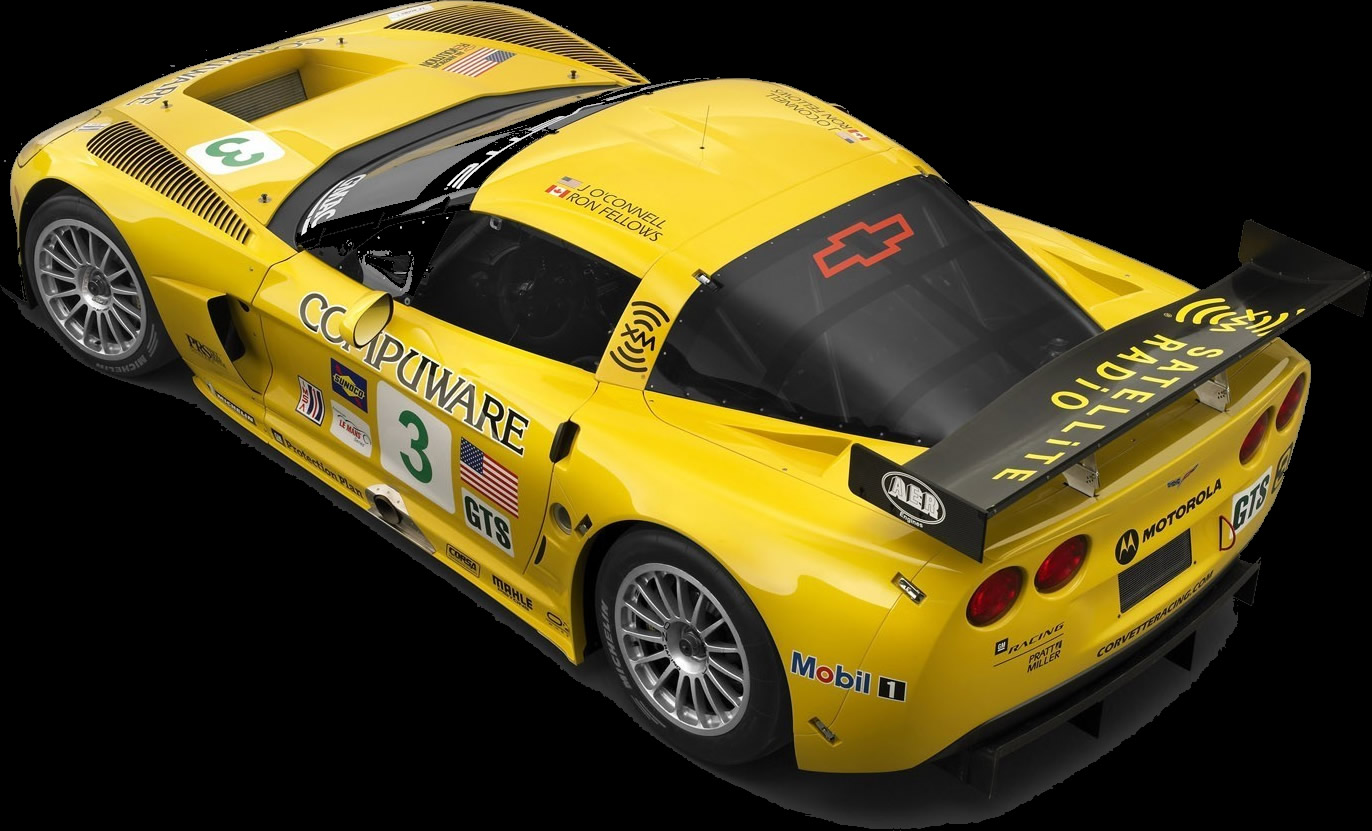 | |
Home I Cool Cars I Sexy babes I Car Showcase I Dealer locations I Site Map I Contact | |

Corvette Zo6 Picture |
A successor to the ZR-1 made its debut in 2001 as the Z06, giving a nod to the high-performance Z06 version of the C2 Corvette of the 1960s. Instead of a heavy, double-overhead cam engine like in the ZR-1, the Z06 used a high-output, tuned version of the standard LS1 Corvette engine (designated LS6), which initially produced 385 hp (287 kW). Although its total horsepower output was less than that of the last ZR-1, the Z06 was much lighter, and could out-perform the ZR-1 in every category except top speed. It also cost substantially less money than the ZR-1. Chevrolet engineered several modifications for the Z06 to best use the increased power. Starting with the most structurally rigid body style, the hardtop or FRC, new components included: uprated FE4 suspension, larger wheels and tires, revised gearing ratios, and functional brake cooling ducts. The Z06 is 38 pounds lighter than a standard C5 hardtop thanks to weight-saving measures such as a titanium exhaust, thinner glass, lighter wheel, non-EMT tires, reduced sound proofing, fixed rear radio aerial, and a lighter battery. Starting with the 2002 model year, the LS6 engine output was increased to 405 hp (302 kW) due to a larger CFM air intake, stiffer valve springs, lighter sodium filled valves, more aggressive camshaft lift and timing, lighter pistons, and revised engine block. The 2004 Z16 Commemorative Edition was equipped with a carbon fiber hood, saving an additional 10 pounds of weight. Other unique characteristics of the Z16 (Commemorative Edition Z06) are the polished aluminum wheels, special paint color and striping, and commemorative-edition badging and wheel center caps. The Z16 also received shock damping tuning for improved handling. The Z16 option accounted for the majority of Z06 Corvettes in 2004, totaling 2025 units, with 325 units shipped overseas. Factory performance figures for the 405 hp (302 kW) version of the Z06 give an acceleration time from 0-60 mph as 3.9 seconds. The Z06 is capable of matching or besting the 0-60 mph acceleration times of some of the world's premier sports cars, including the BMW Z8, Ferrari 360, and Porsche 911 Turbo (Type 996). To give the Zonda F more power, a new induction system is used which replaces the standard Mercedes-Benz unit. It features larger intake apertures and, when combined with a larger, hydroformed exhaust, the 7.3 liter Mercedes-Benz engine reaches 620 bhp. This is up from 550 achieved with the standard Mercedes intake. A clubsport model is available as an option which increases power to 650 bhp @ 6200 rpm. |
Beautiful Sexy Women standing with Beautiful Sexy Cars ! There is nothing Finer !
Hot Sexy Girls, Babes, Sexy Ladys with sexy cars, Pictures, Ladies, Women, Models, Lingerie, Clips, College
![]()
![]()